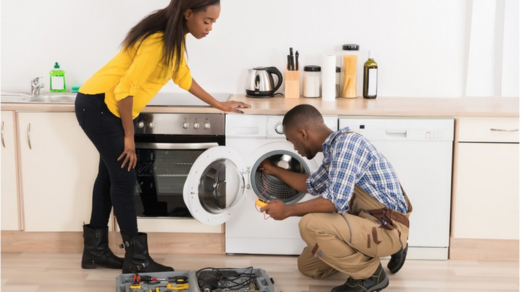Smart homes are undeniably cool. With just a few taps or voice commands, you can control your lights, temperature, appliances—even your door locks. But with great convenience comes a slightly terrifying reality: your smart home could also be a hacker’s playground if you’re not careful.
From hijacked baby monitors to compromised doorbells, there have been enough real-life examples to make any smart homeowner think twice. The good news? You don’t have to unplug everything and return to the Stone Age. With a few proactive steps, you can keep your connected home safe, secure, and fully under your control.
1. Secure Your Wi-Fi Like Your Life Depends on It (Because It Kind of Does)
Your Wi-Fi network is the backbone of your smart home. If it’s not secure, everything connected to it is at risk.
- Change your default router name and password. “Linksys123” isn’t fooling anyone.
- Use WPA3 encryption (or at least WPA2 if that’s all your router supports).
- Create a separate guest network for visitors—don’t give them access to your main smart home network.
- Update your router’s firmware regularly to patch vulnerabilities.
If your router looks like it hasn’t been updated since 2010, it’s probably time for an upgrade.
2. Change Default Device Passwords Immediately
One of the biggest rookie mistakes is leaving smart home devices on their factory settings. Hackers often scan the internet for devices using default logins (like admin/admin or 123456). Don’t make it easy for them.
- Set strong, unique passwords for each device.
- Use a password manager if you have trouble remembering them.
- If the device allows two-factor authentication (2FA), enable it—always.
Platforms like GONEO help by centralizing device management, so you don’t have to hop between multiple apps. They even remind you when devices need updates or security changes.
3. Keep Everything Updated—Even the Stuff You Forget About
That old smart plug in your garage? It still talks to the internet, and if it hasn’t been updated, it might be a backdoor into your network.
- Check for firmware updates regularly on all your smart devices.
- Turn on auto-updates when available.
- Replace outdated devices that no longer receive security patches.
Hackers love outdated tech. Don’t let your toaster be the weakest link.
4. Use a Smart Home Hub Wisely
Smart home hubs are convenient—they let you control all your devices from one place. But they also become a single point of failure if not properly secured.
If you use a hub like GONEO, make sure it’s also protected with a strong password, 2FA, and frequent updates. Avoid cheap or no-name hubs that don’t prioritize security standards.
5. Watch Out for Phishing and Fake Apps
Not all threats come through your Wi-Fi. Hackers also use phishing emails and fake mobile apps to get access to your devices.
- Never click suspicious links claiming to be from your smart device manufacturer.
- Only download apps from official app stores and verified developers.
- Don’t give third-party apps more permissions than they need.
It’s not paranoia—it’s digital hygiene.
6. Disable Features You Don’t Use
If you’re not using features like remote access or voice control while you’re away from home, turn them off. Every feature is a potential entry point for a hacker.
- Disable cameras when not needed.
- Turn off voice purchasing (unless you want your toddler to order 47 plush dinosaurs).
- Remove old or unused devices from your network entirely.
Less surface area = less vulnerability.
7. Use Monitoring Tools to Stay Informed
Many smart home management platforms now offer security alerts and monitoring tools to detect unusual behavior.
With GONEO, for example, you can get real-time notifications if a new device connects to your network or if one of your devices is acting out of the ordinary. The earlier you catch a threat, the faster you can shut it down.
Final Thoughts
A smart home shouldn’t be a scary home. The idea is to make your life easier—not to open the door to digital intruders. By taking some common-sense steps (and staying just a little paranoid), you can enjoy the benefits of home automation without the risks.





